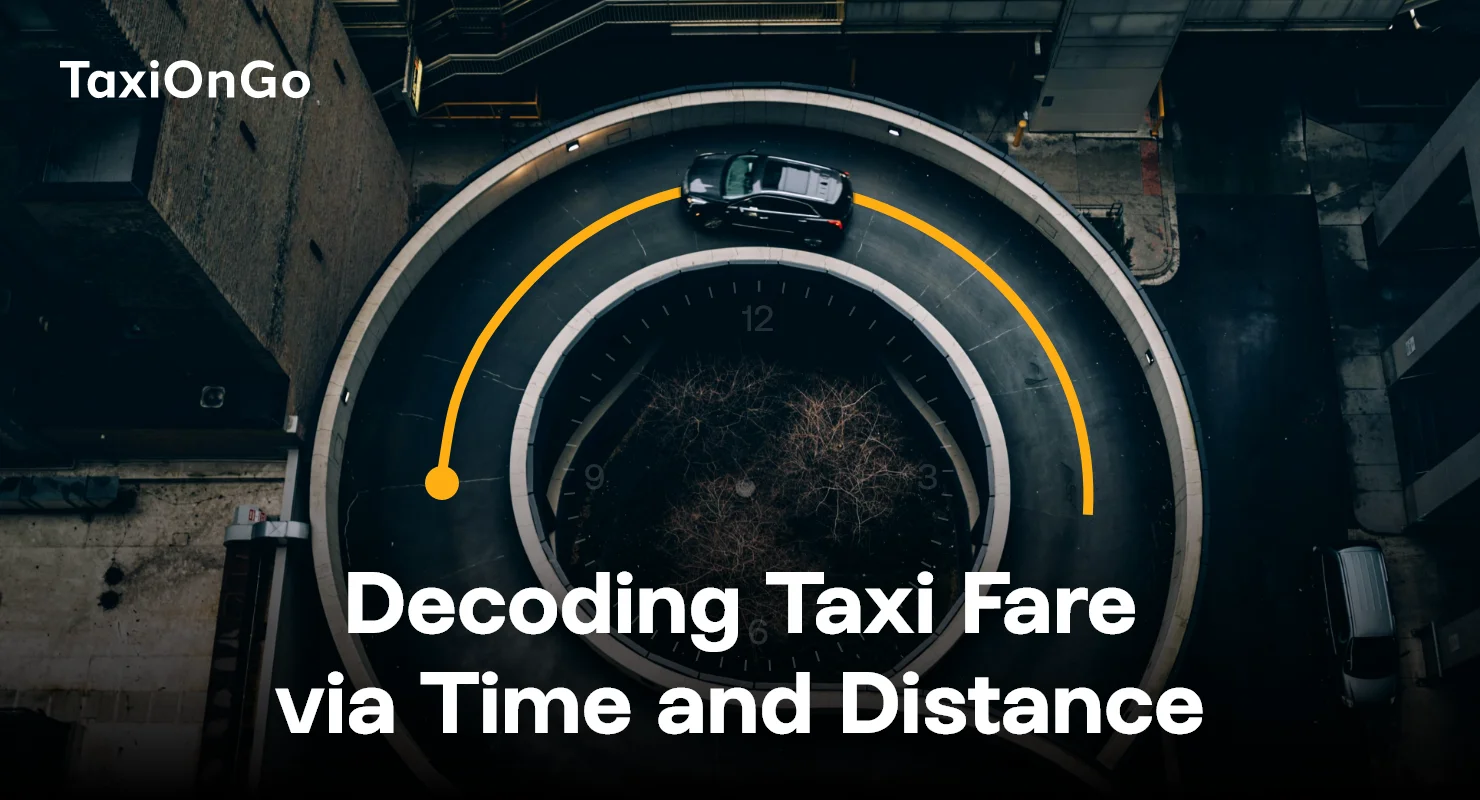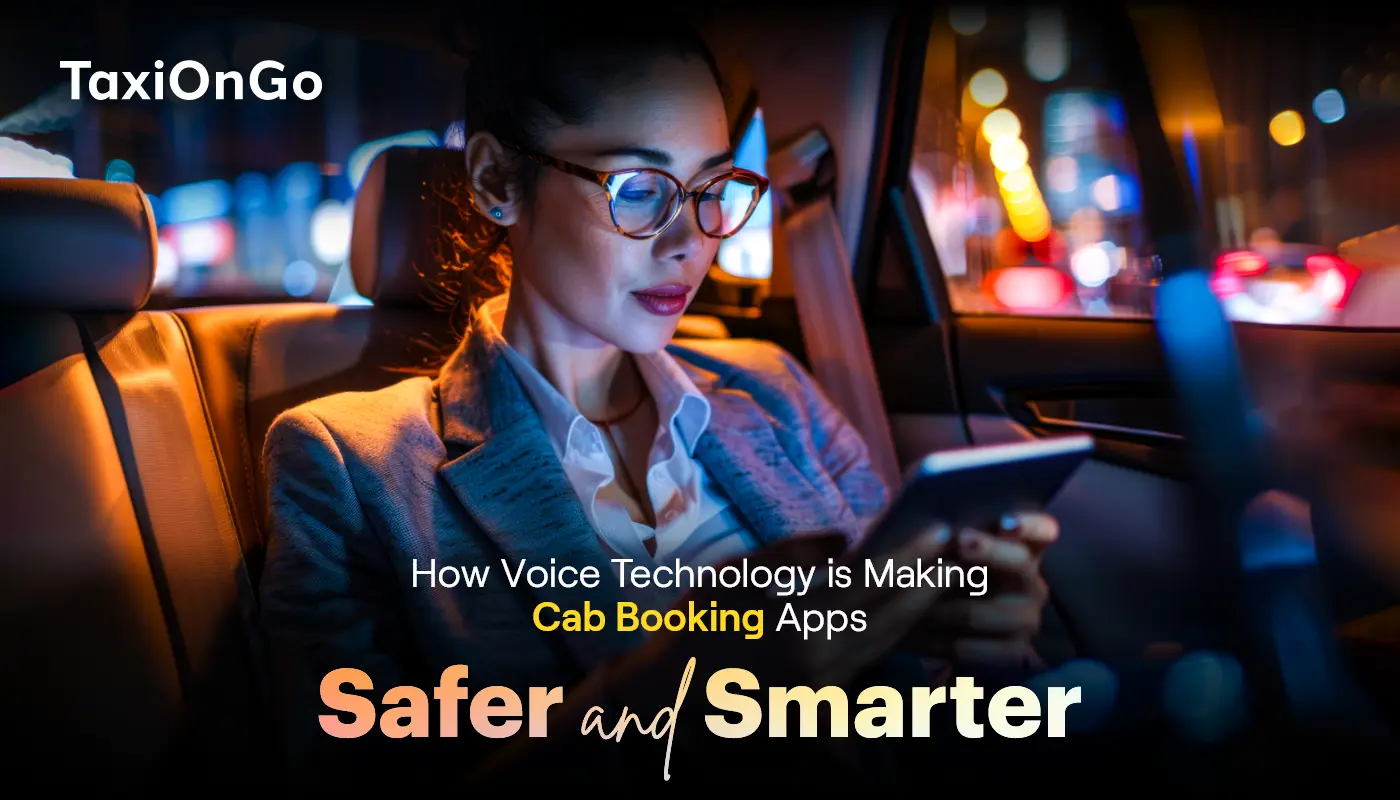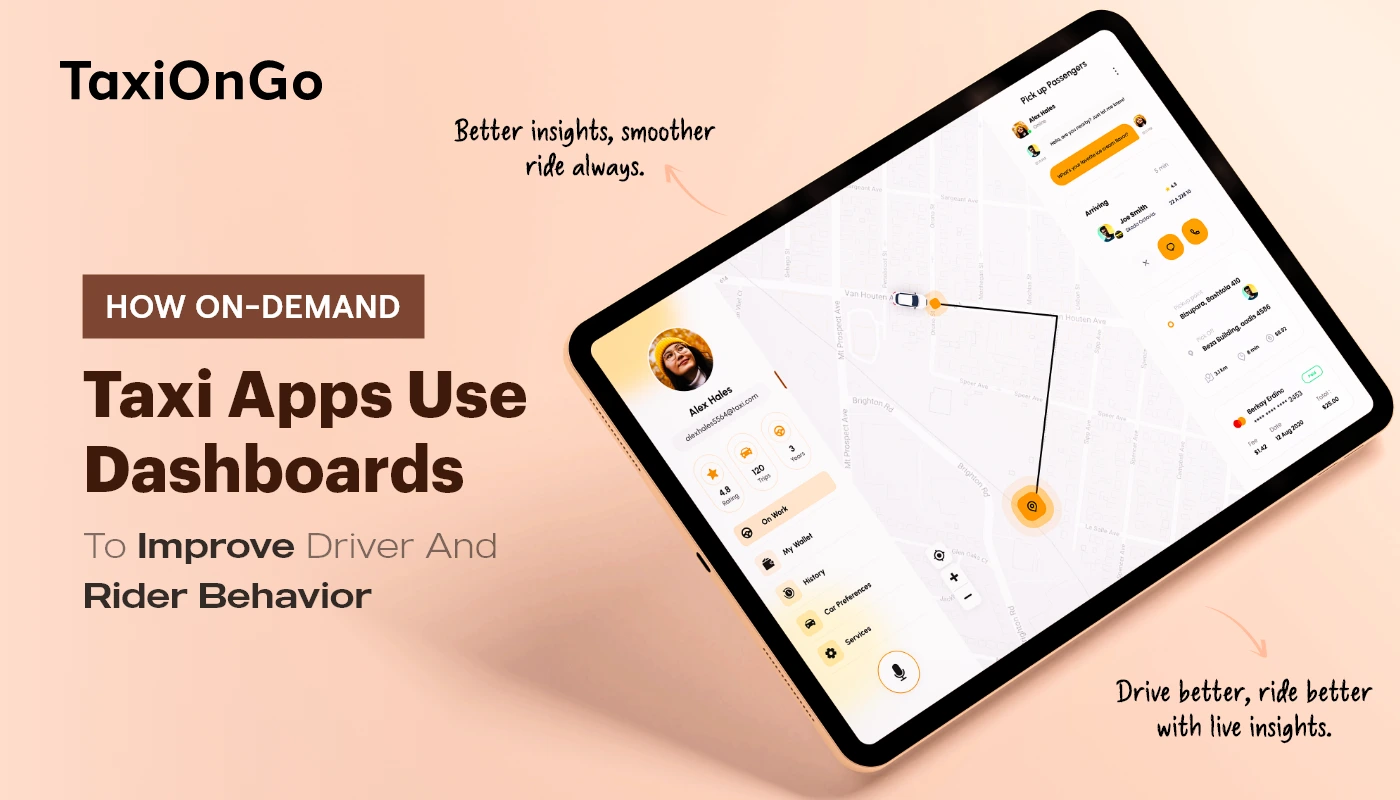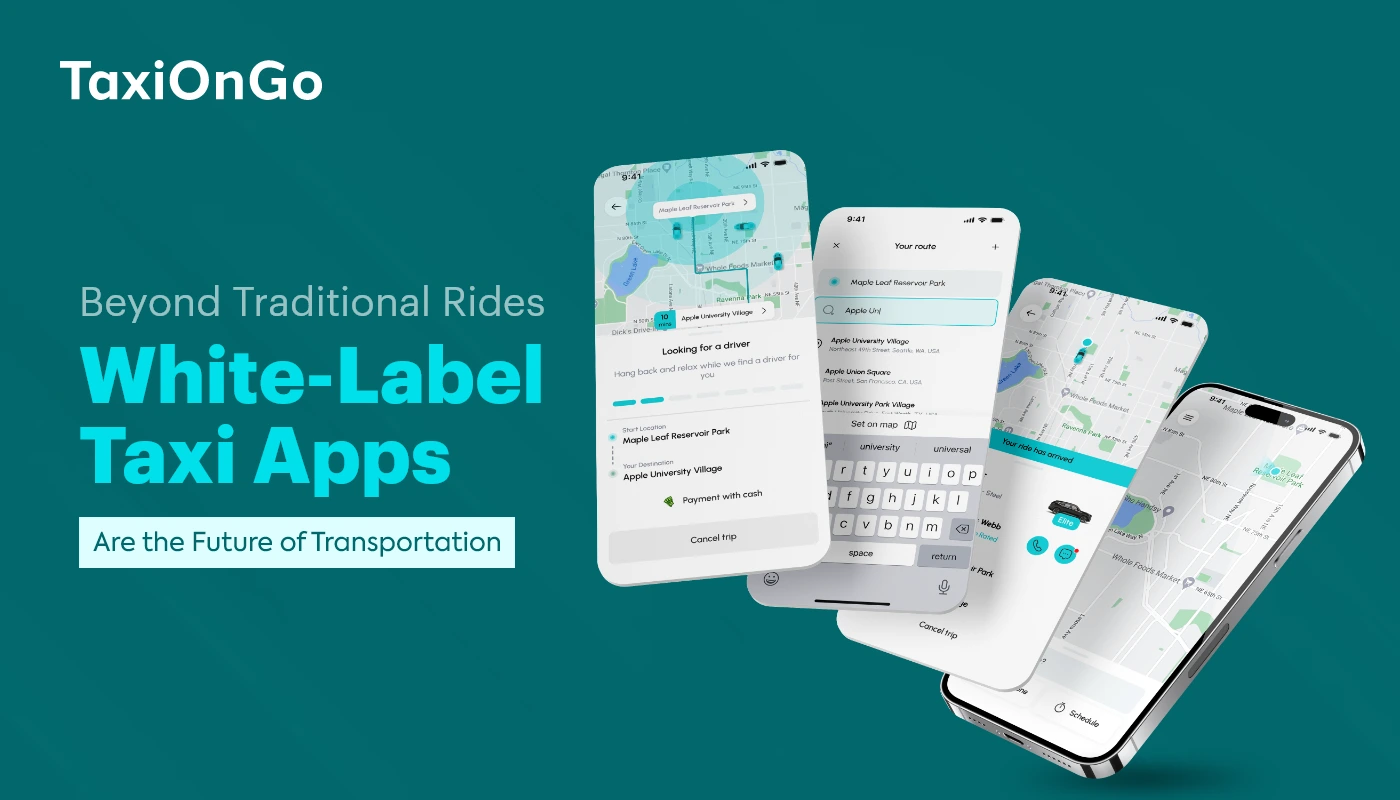
How Taxi Meter Calculate Fare: Based on Time and Distance?
Has it ever happened that you fought with a taxi driver about their taxi meter reading? You must have done it once in your life. But do you know how taxi meters work or calculate the fare? If not, then this blog is for you. It will help you know the complete process of how taxi meters work and calculate fares.
In simple terms, taxi meter calculators estimate fares based on the travelled time and distance. They track how far you go and how much time you spend in the taxi and on this basis estimate how much you need to pay for your ride.
Sometimes, the cost of a taxi booking app may depend on the place it operates. For example, going the same distance or time might be more expensive in one city compared to another. The fare can also change if there are more passengers if the driver helps with baggage, or if the taxi crosses state or city lines to reach your final destination.
It measures the distance from where you hop into the taxi to your destination. It doesn’t care about the twists and turns. Simply, it just adds up the overall distance in the last.
How Do Taxi Meters Work?
Taxi meters are important gadgets in taxis. They figure out how much your ride costs by looking at things like distance travelled and waiting time. These meters make sure that both you and the driver have a fair and clear way to decide on the fare.
- When you hop in the taxi, the driver starts the meter.
- The meter has a timer that counts how much time has passed since your ride started and a special sensor that measures how far the taxi has gone.
- This sensor is connected to the wheels or transmission of the taxi and watches how much they spin to figure out the distance travelled.
- But that’s not all! The driver also includes other additional costs like tolls or extra fees and adds them all to the meter amount.
- The taxi figures out how much you should pay by using a specific formula, depending on where it’s allowed to operate.
- After completing all these calculations, the meter displays the total cost on a screen. When your ride finishes, you can pay the amount shown on the screen.
Different Types of Taxi Meters
-
Mechanical Taxi Meters
These are the classic, old-school taxi meters that were used before the intro of digital taxi meters. They use mechanical parts that calculate fares based on travelled distance and time.
When the vehicle moves, this taxi meter uses wheels and gear movement to estimate fare based on the rotation.
-
Digital Taxi Meters
Digital taxi meters are the most commonly used taxi meters today. These taxi meters are more precise than other meters, as they don’t need maintenance for a long time and use digital tech. These meters use sensors to calculate fares based on travelled distance and time and come with a display screen.
-
GPS and Taxi Service App
Using the power of GPS tech in mobile phones, this taxi meter calculator apps track the travelled distance and estimates fare accordingly.
Taxi service apps such as Uber, Ola, and Lyft use this tech to offer real-time fare analysis, route simplification, and other similar features to enhance travellers’ experience.
Conclusion
Hope this info helped you understand how do taxi meters work and calculate fares.
If you’re planning to start a taxi app business, TaxiOnGo is a white-label taxi app solution that can help you dive into the taxi industry. To own this taxi app solution or get a trial, connect with us.
Recent Blogs

In today’s mobility ecosystem, convenience defines customer loyalty. With ride hailing technology evolving rapidly, riders are no longer satisfied with just opening an app, tapping a few buttons & waiting for a cab. The expectation is now instant, hands-free & personalized booking experiences. This is where voice commands are transforming the future of ride-hailing platforms. […] Read more

The on-demand mobility industry isn’t what it used to be. Not long ago, passengers stood on street corners waving for a cab. Today? They tap a button, track their driver in real time, and expect instant, seamless service. But here’s the catch-riders want speed, comfort, and transparency. Drivers want fair earnings and efficient trips. And […] Read more

The transportation has gone through a great digital revolution for 10 years! From booking a cab with a few taps to real-time tracking and cashless payments, user expectations have skyrocketed. This rapid shift has left traditional taxi companies look for solutions that balance pricing structure, efficiency, and customer experience. Here comes the white label taxi […] Read more